Where have I got to? pt 2
Some time ago I wrote a post about my starting to do a degree. I finished it last year and I thought I’d better do an update on the course and how I got on:
My Review of BSc (Hons) Computer Science
It seemed like a good idea to finally get round to doing the degree I’d never previously attempted.
I thought of doing one in Photography or History – these are both subjects I am interested in, but I decided that it may ruin a fun hobby, so, instead, I chose I subject I have some practical experience in.
As a mature student my path to choosing which University was not so much driven by going away to faraway places to get away from home, but rather by one that was close to home and easy to get to. Also, one that offered the right course and seemed welcoming. I think I made the right choice
How did I do? In June 2021 I was awarded a First-Class Batchelor of Science Degree with Honours in Computer Science.
Was it worth it? Yes. But, it would have been so much better if hadn’t had to do all the third year and some of the second from home. Having spent time in the new School building showing other students around, it was a shame that I never got to use it.
During my time at the University, it won two prestigious awards: The Times and The Sunday Times Good University Guide Welsh University of the Year 2021 and The Times Higher Education UK&I University of the Year 2021.
I won the Student Union CST course rep of the year in 2018-19.
Year 1
Semester 1
Induction week – we find out where everything is, then get put into random groups and work on a small project for the next 3 days and don’t see any of the others on the course – to be fair I wasn’t doing all the other traditional freshers week stuff of getting settled into accommodation and getting very drunk so I shouldn’t have expected too much!
Architecture and Operating Systems
We learnt about things like binary and hexadecimal, and truth tables. There was an in-class test for 50% of the module.
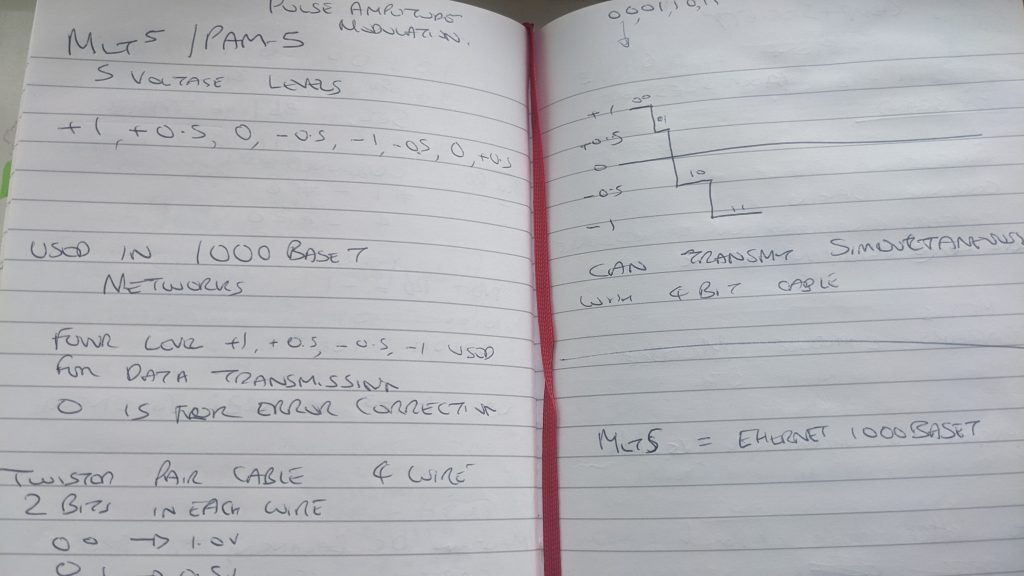
Design a PC and network components for LAN and WAN gaming 50% – £400 Budget to source components for a PC build and show how it meets the given specification. Hard to achieve even after we got the budget increased from £350. It would have been nice to have actually got the bits and assembled it, but this was just a virtual exercise.
Computing and Society
Research Paper “IT in Business. Regulation for a successful outcome” 50% – For a business or organisation to successfully deliver a product or service it is necessary to have comprehensive standards to ensure the product or service is delivered to a consistent and quality standard. Used real life examples from news sources to show how a business can recover fom disaster by have procedures in place to minimise loss.
We also had to do the first of many (well it seemed many) group power point presentations.
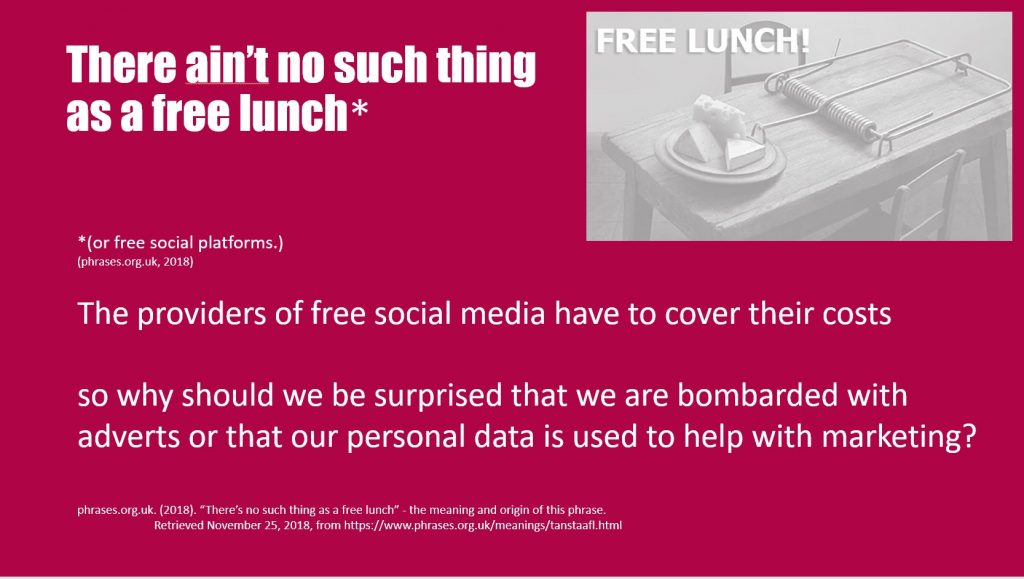
Hand Written Test (Full Exam conditions) 50% – This was hard. Largely because I’d not handwritten anything longer than a short sentence in more years than most of fellow students had been in existence. That, and I had to actually remember stuff. I passed it OK.
Principles of Programming
Practical piece 50% – producing a piece of software using C# and Microsoft Visual Studio to support school children in key stage one with their arithmetic, writing and web browsing at home or in school.
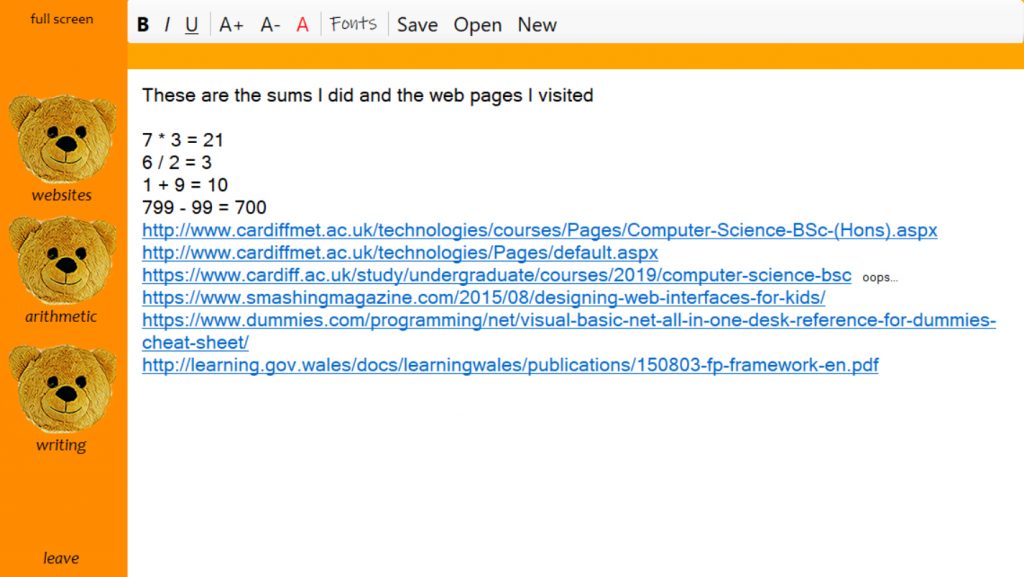
Whilst some of the purist programmers amongst the cohort were aghast at having to use Visual Studio and C# (or C++), others on the course had never done any programming at all. I’d only done VB related languages a long time ago so it was good to start using some with curly brackets.
In-Class Test 50% – More multi-choice and I think it was open book, other than that I do not recall much about it (other than I passed!).
Semester 2
Computational Thinking
(I couldn’t find the breakdown of how the different parts added up to 100%)
In-Class Test – Mathematics, Algorithms – Pure maths. Scary stuff – I understood what we were getting at, but I struggled with all the terminology: Conjunction, Disjunction, Truth, Negation, Implication, Antecedent, Consequent, Tautologies, Contradiction, and I’d liked to have maybe done a bit more Set Theory, but somehow, I passed the test.
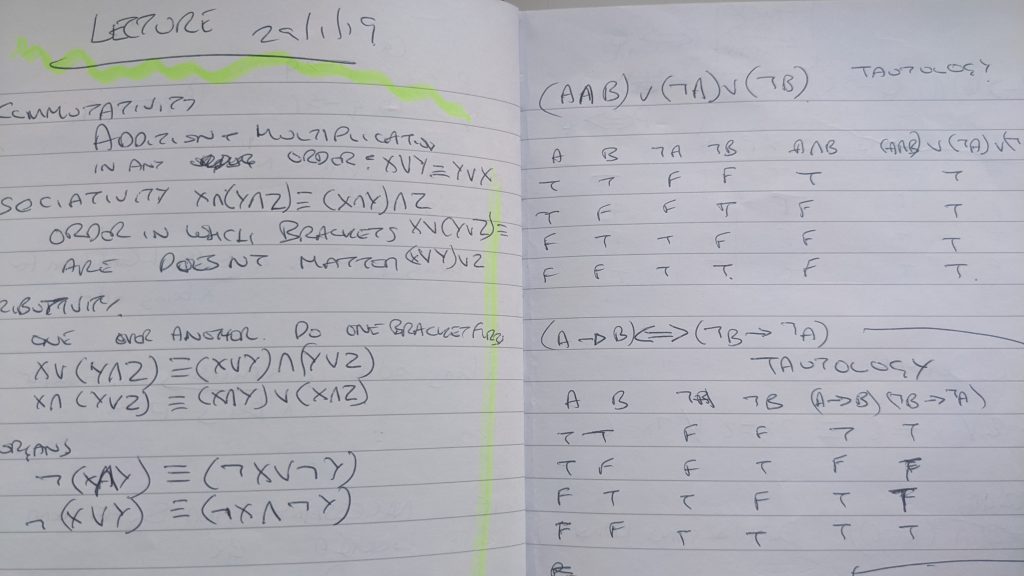
Group project with Lego Mindstorm Robot to locate and retrieve and item. We demonstrated and created a video. Basically, a classroom full of people playing with lego and getting frustrated when the robot doesn’t work properly. It turned out this was just as likely to be a problem with the robot than with our code.
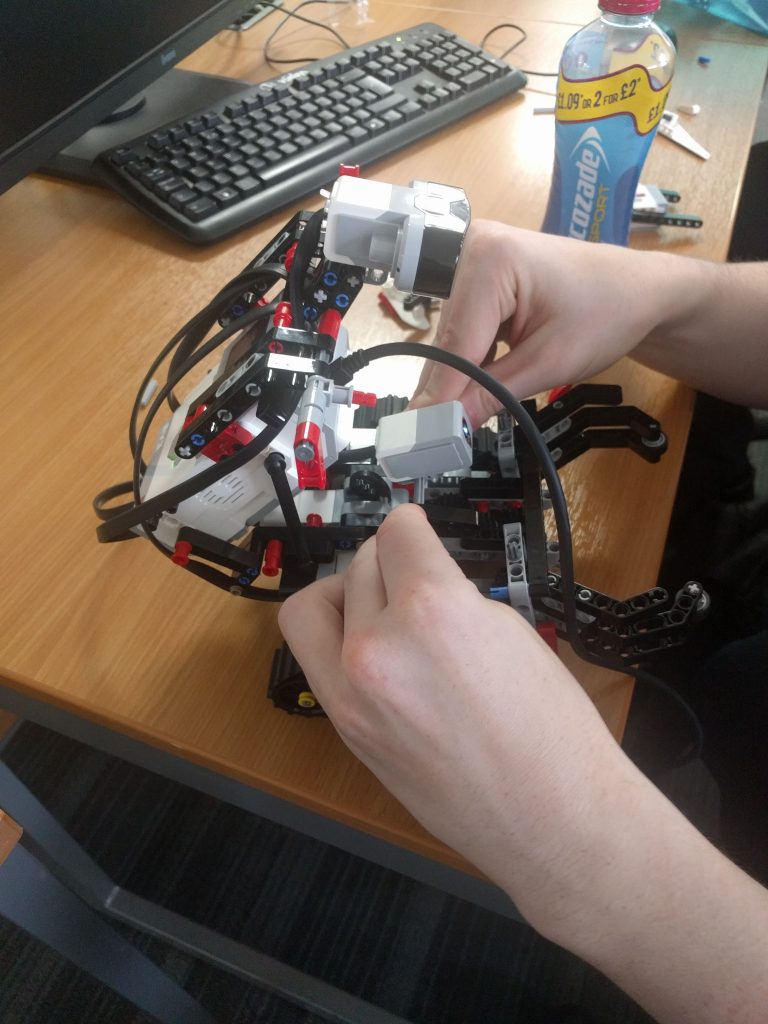
Write Pseudo Code for the processes carried out by robot.
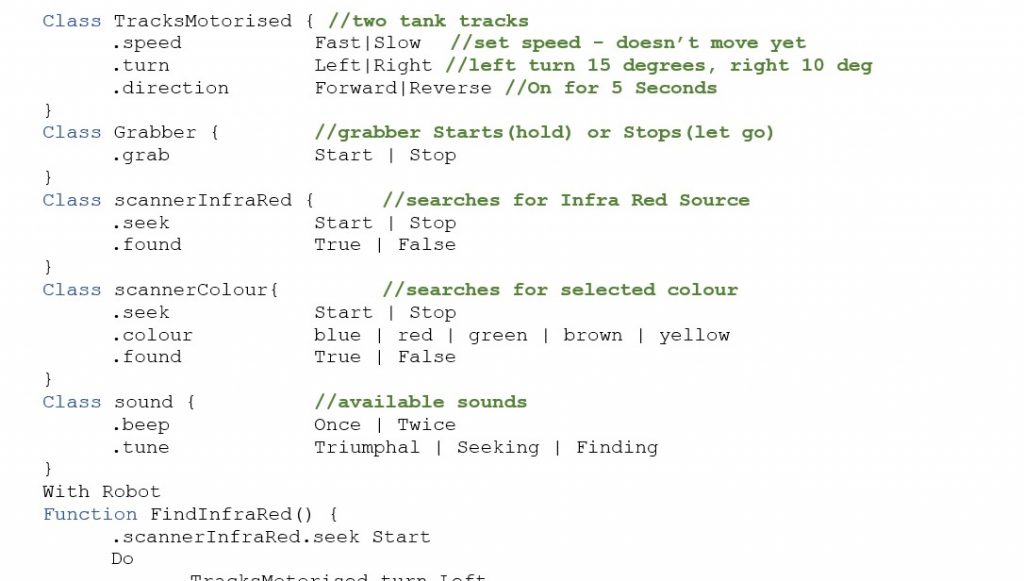
Building for the Web
Practical piece in two parts. First were the design documents 20%, second the solution 80%.
Design and Create marketplace website using HTML, PHP, CSS, Javascript, Ajax and MySQL.
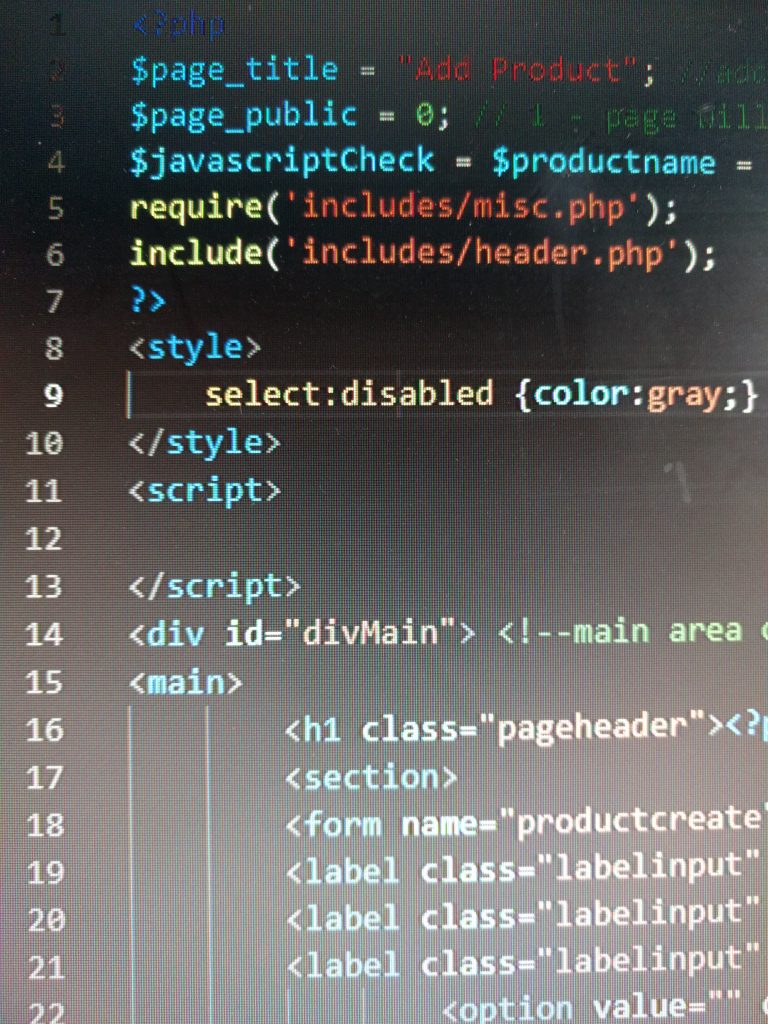
I have some prior experience with active pages, albeit using VBScript and MSSQL, so the principle of this was quite familiar. Writing and debugging code in all those languages all at the same time was quite testing though. Quite pleased with my finished product, however not been tempted to go back to web stuff since, other than using WordPress (which uses the same languages)
Developing Quality Software and Systems
Group Project – Research, design and prototype and phone app 50% Project management. Meet with a client find out what they want, put a brief together.
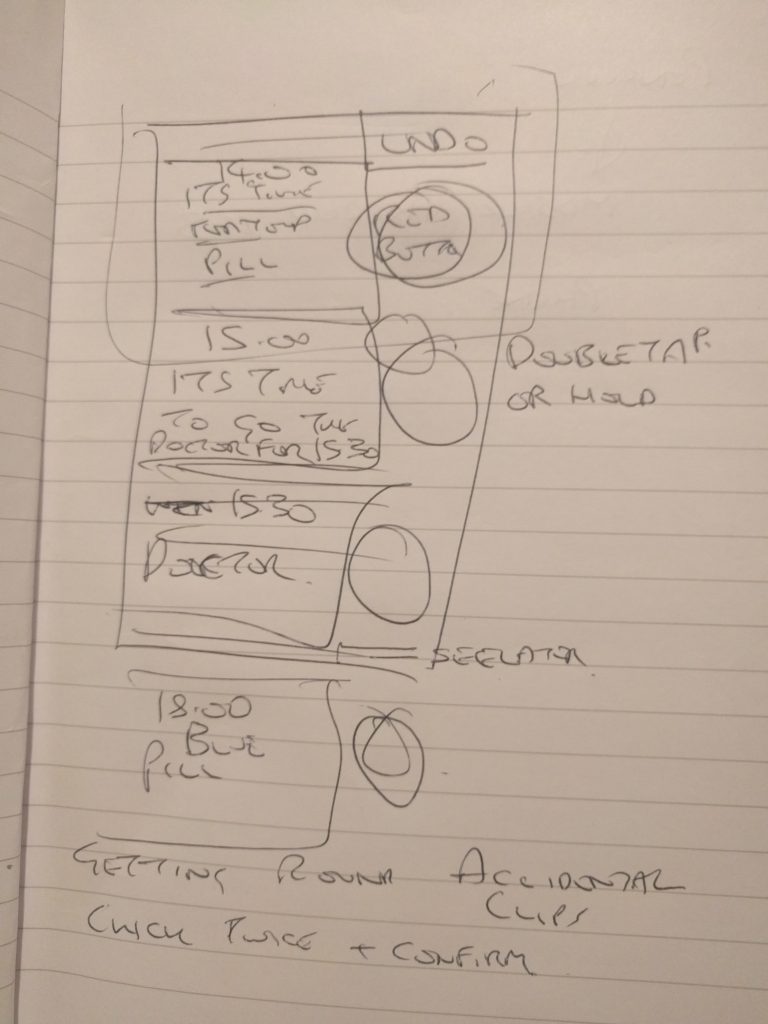
Group Presentations to class on progress solution 30% – Regular standing up in front of the class giving Powerpoint presentations. Harder to do as a group (where everyone must take equal turns) than presenting on my own, which I’d done a few times in my past life.
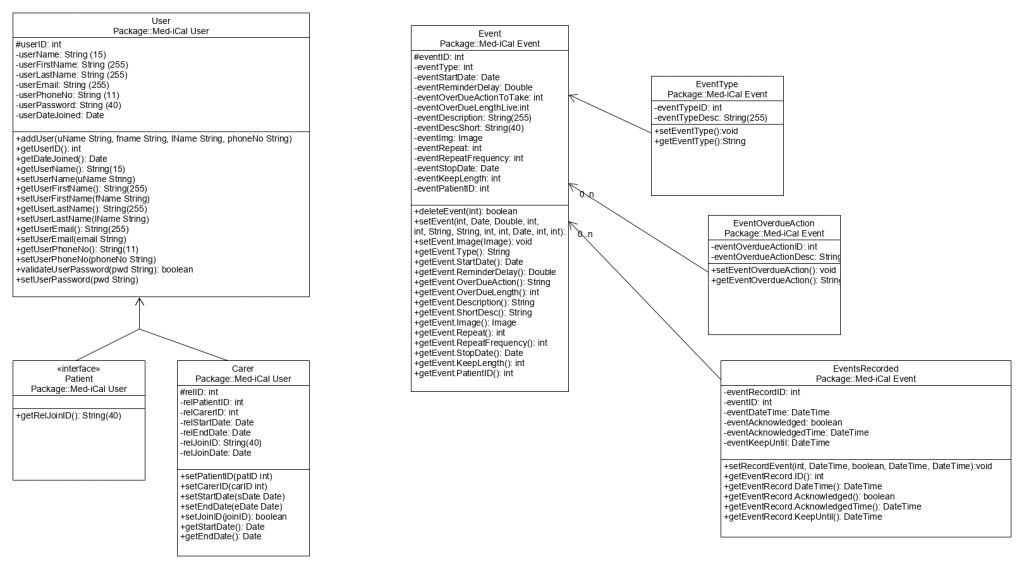
Reflective piece 20% – My personal views on what went right, what went wrong and what could have been done better. Whilst trying to reflect real world working practices in working together it didn’t reflect the real world when team members fail to deliver their parts or even turn up to do presentations and we couldn’t sack them.
Others
Student Rep
I became Student Representative for Course Year Group (I didn’t want to do it as I felt that it should be done by a younger student to gain experience, but no one else volunteered)
International Summer School (At own Uni)
Easter 2019 The University hosted a week-long summer school where students came from other countries – mainly Netherlands and Belgium – and, in groups, we looked at modifying / creating javascript based games. At the end of the week, we demonstrated a nearly working space race game.
Year 2
Work Experience
Half weighted module with a minimum 3 weeks work experience and a written reflective piece on the learning process. I worked with the University Help Desk although most of my time was spent working on a new web-based Introduction to the Library and IT services using Adapt Builder software. I was also able to draw on my 15+ years of experience working in the IT sector in my reflective piece!
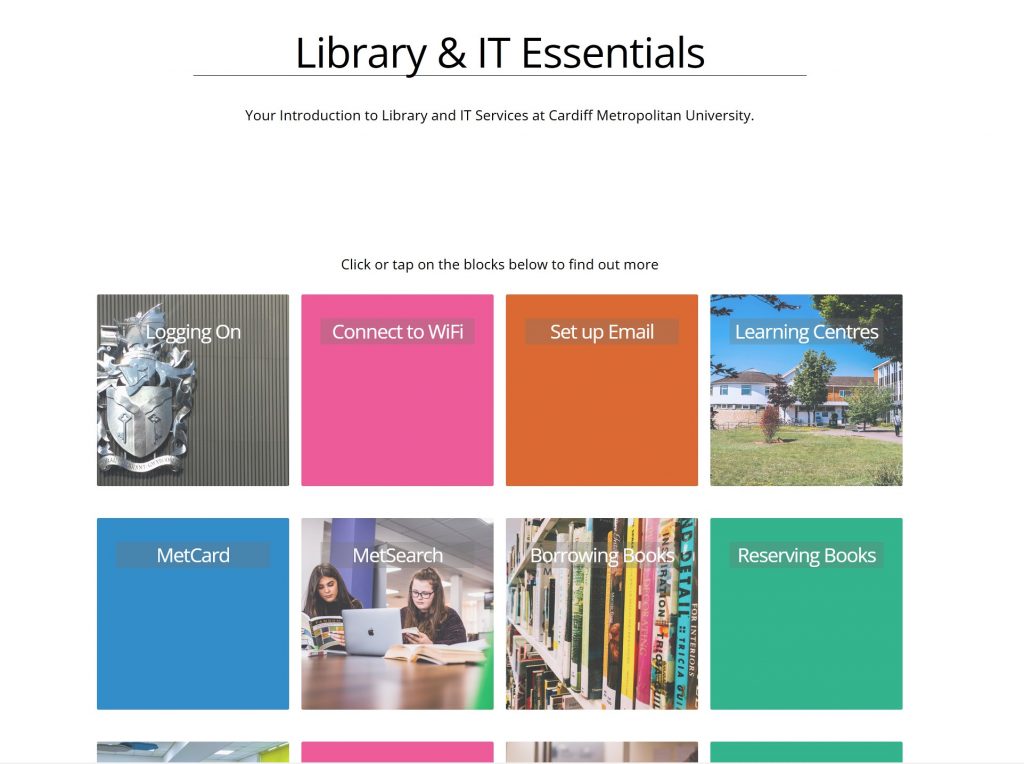
Semester 1
Software Carpentry
Design and Create a Java based command line multiplayer game 60%. Starting to use design tools such as UML and making sure sufficient comments are added to code. Not sure I quite got the coding completely right but the game sort of worked. Nice not to have to worry about an interface for the game.
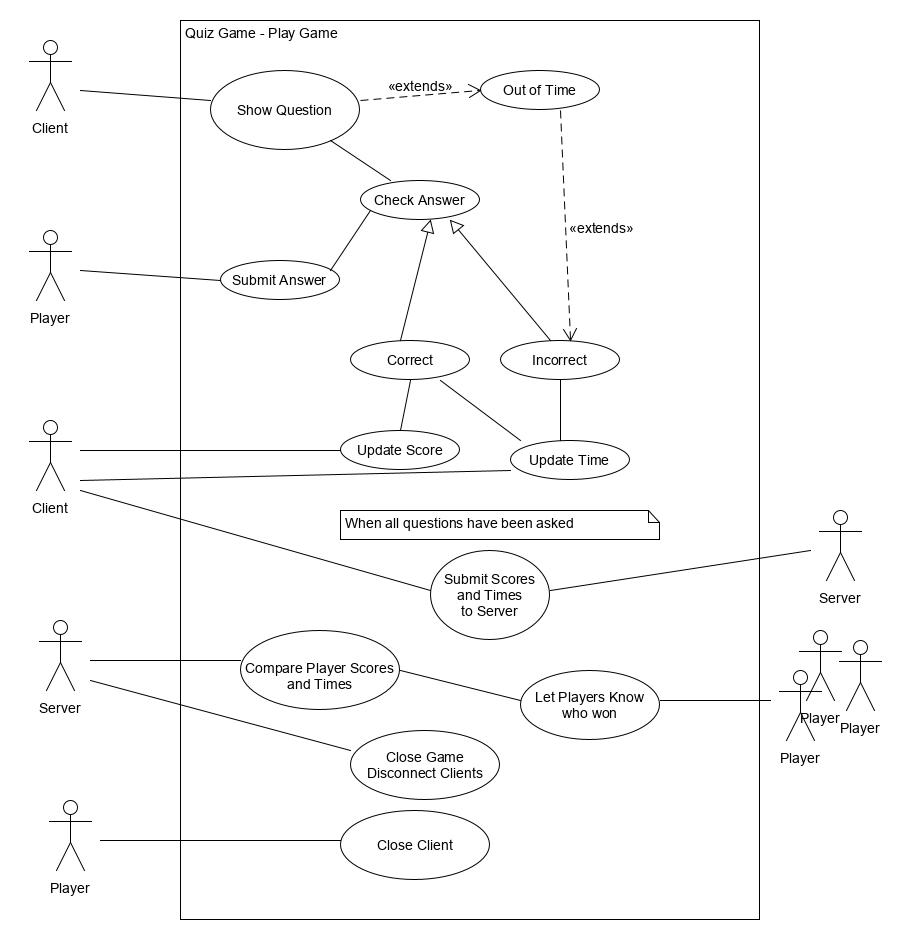
In class test 40% – another test which I have no real memory of doing. It would have been multi choice and open book. You still need to remember which book (web page) to look in and open book didn’t include messaging friends and asking for the answer!
Developing Quality Software and Systems II
A sort of repeat of the same module from year 1, but more in depth. A different group but the same phone app. On both occasions I managed to be in a group (including myself) that had no particular interest in creating phone apps. This time round though, some groups were able to “sack” members who didn’t contribute. We didn’t sack anyone in our group.
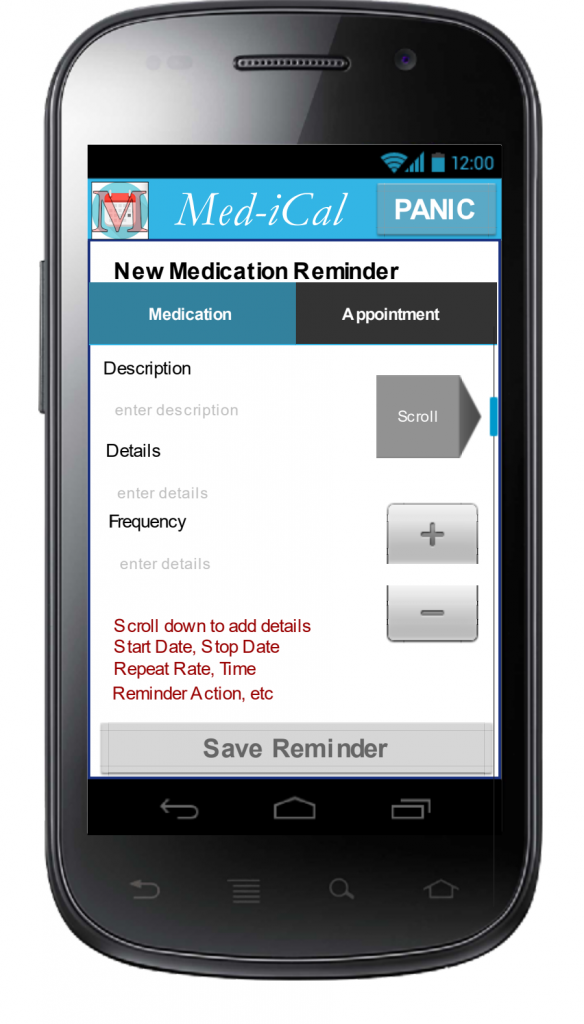
Group Project – Research, design and prototype and phone app 50%
Group Presentations to class on progress of solution 30%
Reflective piece 20%
Physical Computing
Group Project – programme and demonstrate EZRobot as a receptionist, create video and poster 70%
At last, a module where we didn’t have to submit a written piece other than our code to programme the robot, an A3 poster and a video demonstrating our robot. We connected ours to an online chat bot to add to its functionality.

Programming and wiring virtual Arduino boards to various light patterns. 30%
Some python coding, I was pleased that I was later able to try out my code and wiring diagram on a real Arduino and it worked.
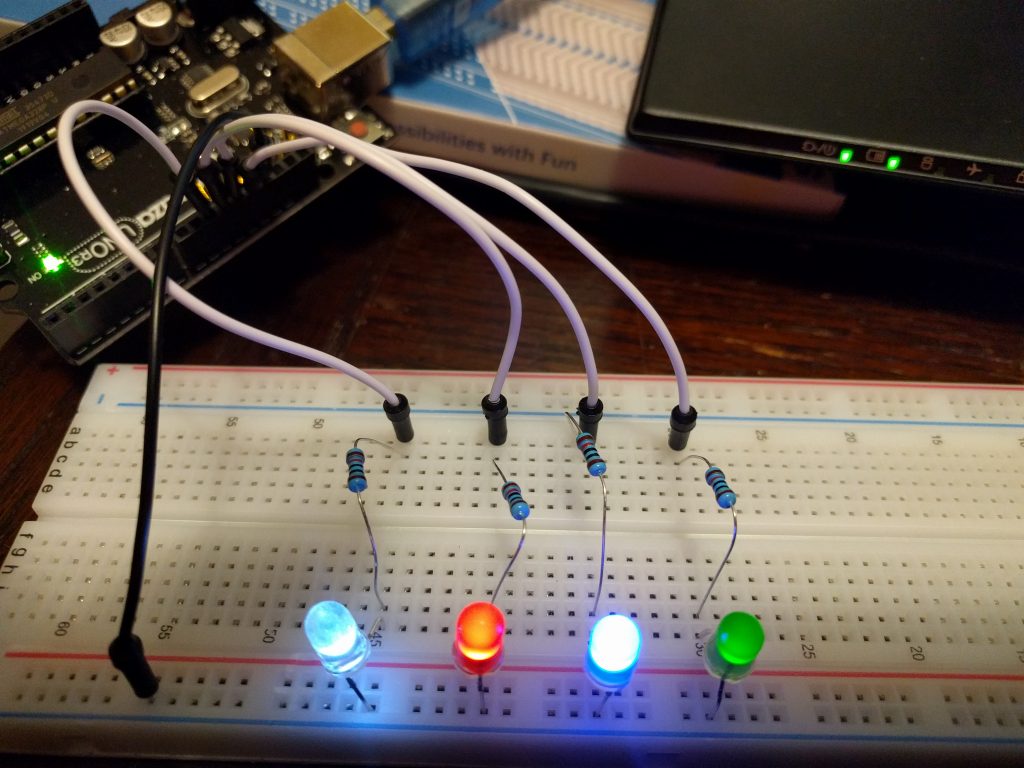
Semester 2
It was towards the end of these modules that covid and associated lockdowns arrived. The last few lectures and workshops were held on-line and submissions occurred during first lockdown. Luckily the university had already been rolling out MS Teams so the transition to online learning was less traumatic than in some other institutions
Data and Knowledge Management
Written report (50%) – Different forms of information, data and knowledge management. Security of data and why choose a relational database model
Practical submission (50%) – Design and implement MS SQL Server database. Producing normalisation, entity relationship diagrams, database schema, data dictionary and SQL code.
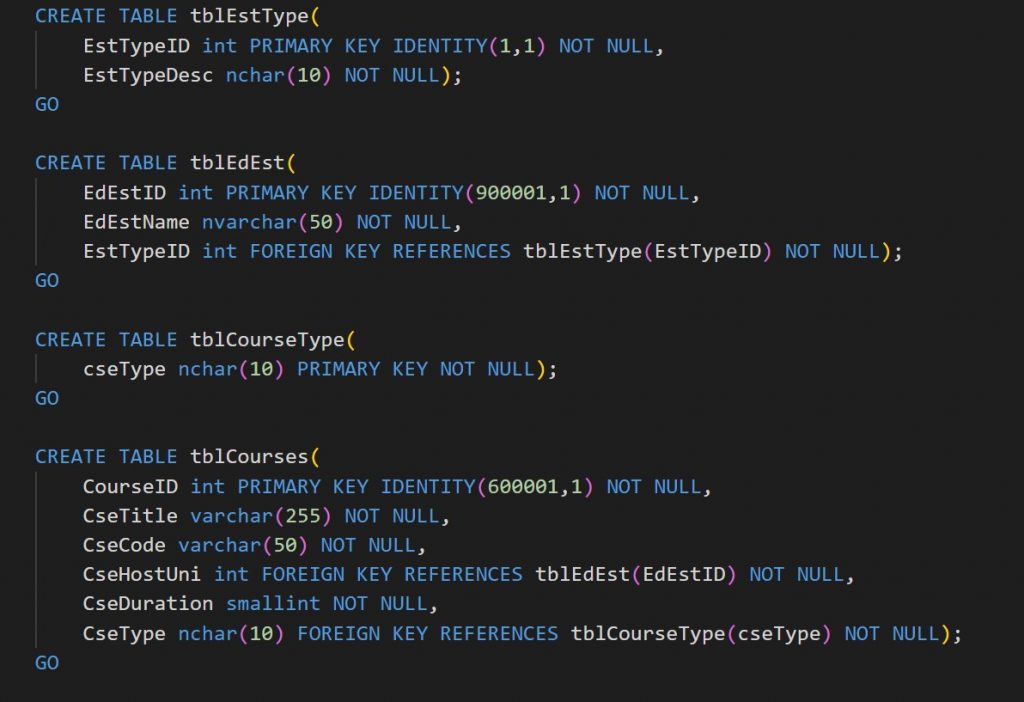
My previous knowledge and experience in creating databases with MS SQL was as much a hinderance as a help.
Law and Digital Security
2 written submissions 50% each. Covering Welsh & English legal system, data protection, crime and ethics.
Security Intelligence – how companies look after (or not) our personal data. The differences between personal data and big data.
Cyber-security: Rhetoric or reality? – Consider the extent to which our data, and your own data, is secure online using Cambridge Analytica as an example.
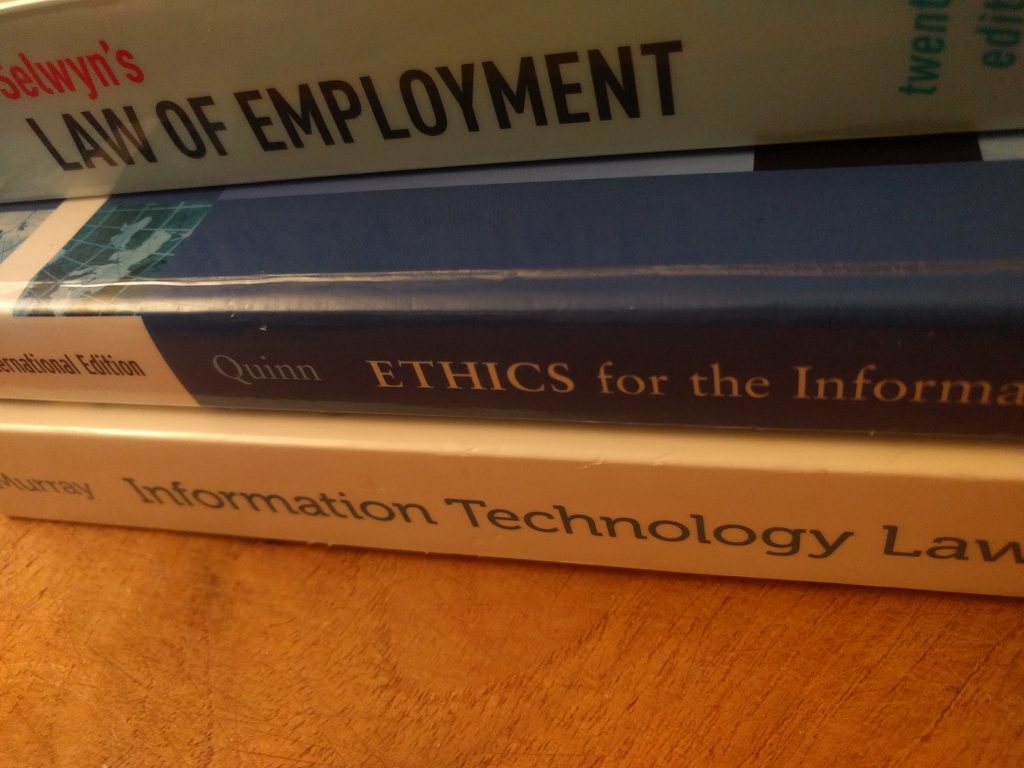
Research Methods
Half weighted module – How to do research, submit ethics application, project planning. This was quite an intense module for its weighting, but very useful towards getting organised with how to do our dissertation in year 3.
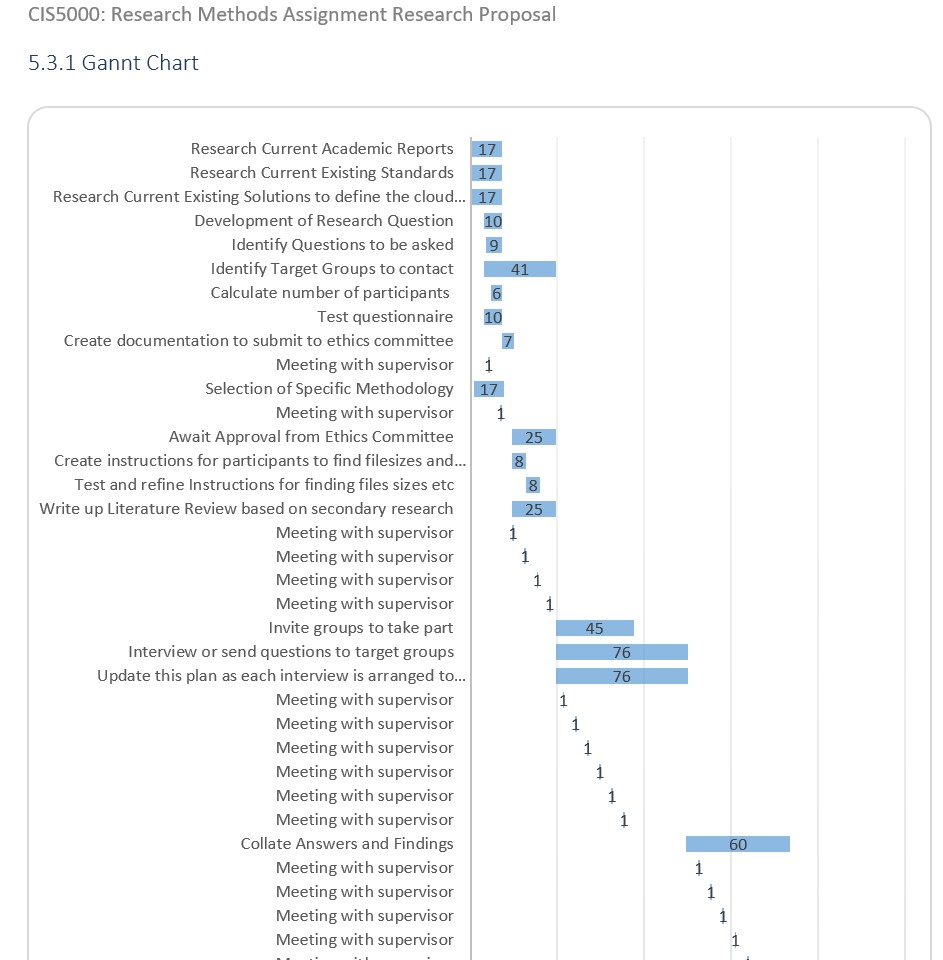
Others
Student Rep (Lead Rep)
I became the lead Student Representative for the school assisting the SU School Rep. Attending programme meetings with Academic and Admin staff, representing the views of our fellow students.
Digital Collaboration with Microsoft Teams and Office 365 certification.
I did this in January 2020. A good choice of extra course to take considering what was to come a couple of months later.
Hackathon at Uni
A one week event (before lockdown) within the School where students worked in groups to work on a real world problem from a client. We looked at ways to improve an Astronomy night sky simulator and demonstrated a galaxy flyby of all the 8 planets
Showing students around the new Cardiff School of Technology
Showing groups of students around the new School building and what facilities would be available. This happened in the two weeks before the university went into lockdown and so, many of us never got to make use of those facilities.
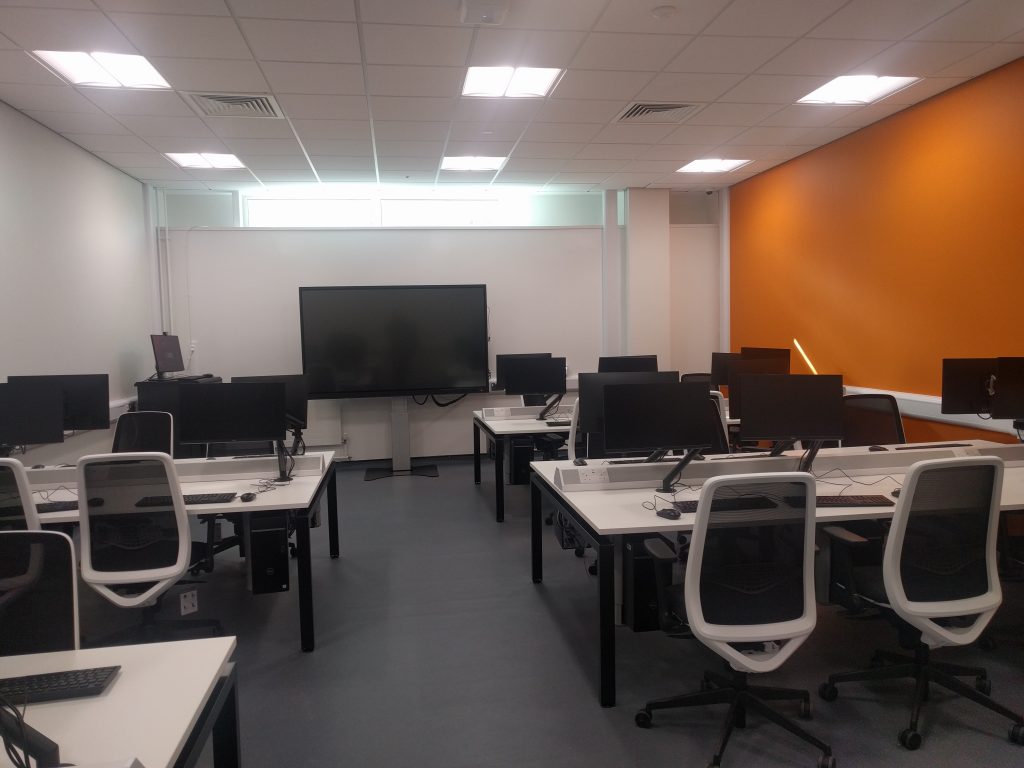
Year 3
Block learning – one subject at a time
In the third year, partly to manage the issues from the partial lockdown in place at the time (and then the later full lockdowns), it was decided by the School to do each module in the year in turn, taking just 4 weeks for each module rather than the prior system where we did 3 modules in each 12 week semester. In the second part of the year the timetable was extended to 4 weeks with lectures and workshops (all online) plus a fifth week to complete and submit assignments.
Professional and Ethical Issues in IT
Written report on the ethical dilemmas, accountability, and possible solutions to these issues from the use of staff and client monitoring software in call centres 60%
“Press release” highlighting the issues between privacy of the individual and protection of the greater population by the sharing of data in tracing apps in the pandemic 40%
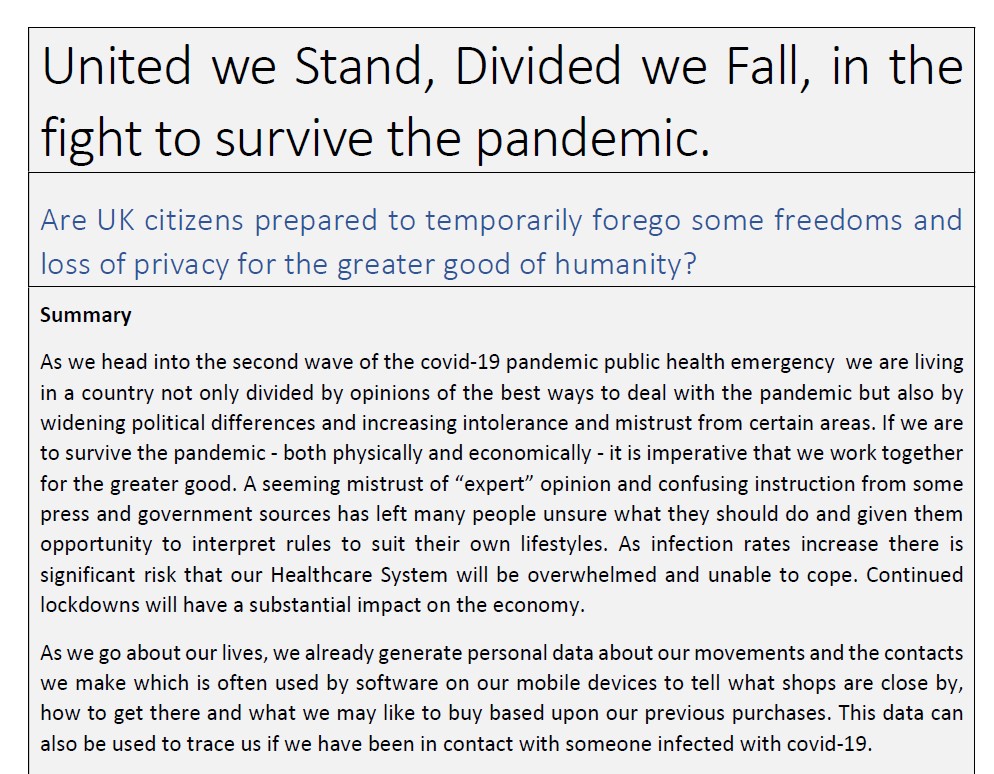
Dissertation – Secondary Research, prepare ethics application
Carry out secondary research and prepare ethics application for primary research. Create project plan. Once the ethics application was approved I was then able to ask questions to my targeted audience

Cyber Security and Cryptography
A four-week module spread across the Christmas break! 2 weeks then a 4-week holiday and then the last 2 weeks to try and remember what we’d done before Christmas! Also, whilst doing primary research for dissertation.
Group presentation 40% – Software and Physical security implications for a chosen business (Admiral) looking at possible areas of attack and ways that frameworks such ISO 27001 can help them. The presentation was done as joint effort by 5 people using MS Teams to the rest of the class, everyone at remote locations to each other. It certainly tested our Teams and presentation skills.
Written report 60% – An assessment of the likely Cyber-Security requirements in Dŵr Cymru Welsh Water looking at best practices, policies, regulations, procedures, and guidelines. Also looking at potential cryptographic applications and security models.
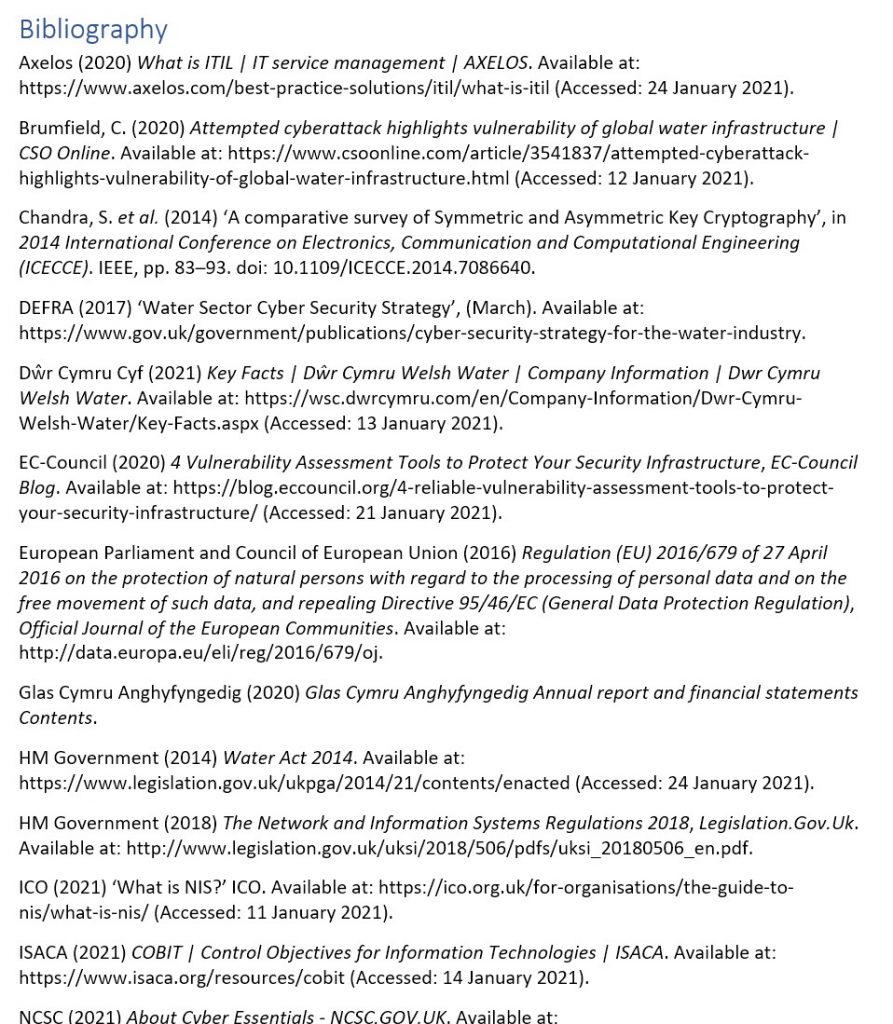
I took and passed the Cisco Cybersecurity Essentials as part of this module.
Computational Intelligence
Written report with practical elements on Neural Networks and Chatty Devices 50% – Collecting data from “chatty” devices whilst they are in use can aid understanding of how they are used so that designs can be improved by considering usage that wasn’t included in the original specification. Using Matlab and Python and comparing data obtained from movement sensors in my mobile phone with open-source data from similar devices to enable recognition of various movements such as dropping and spinning.
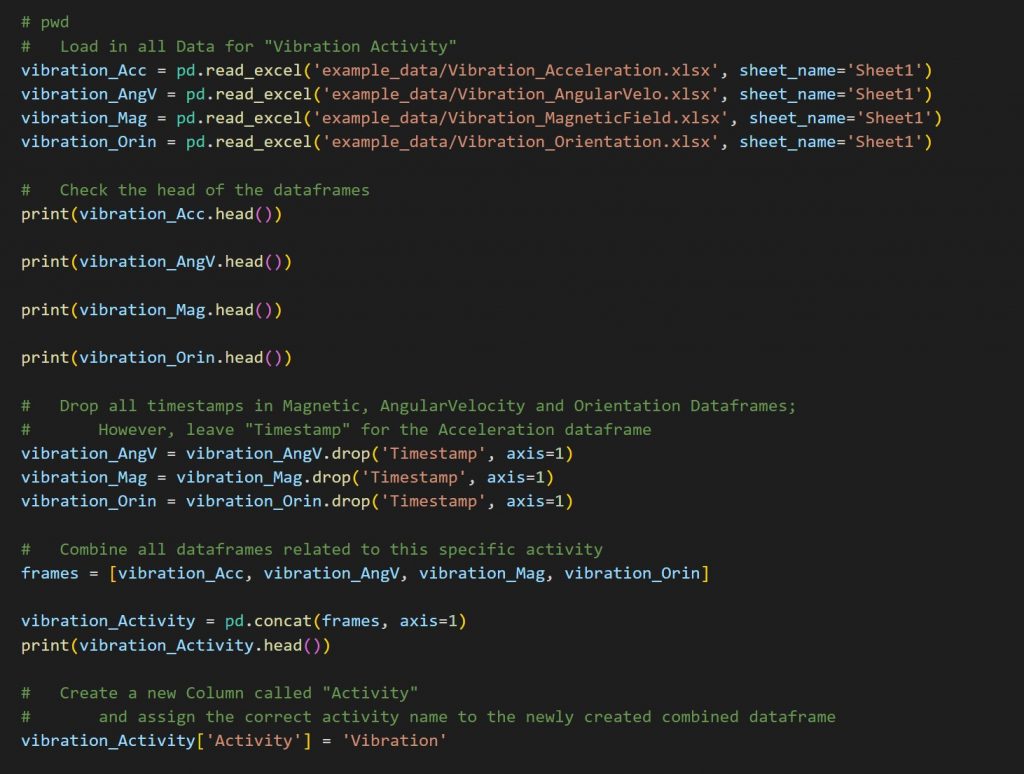
Written report with practical elements on Neural Networks for Object Recognition 50% – Creating models to design a neural network that can accurately identify the attached class of an image. Image data was explored, and models created, trained, and evaluated to find the most accurate predictor, using appropriate Python libraries.
Dissertation – Development Project “How can re-enactment groups archive their digital artefacts?”
Double weighted module, using a brief created from data gathered in secondary and primary research Design and build a software artefact to help with digital archiving in community groups such as these. UML diagrams, Project plan, Git, C#, Visual Studio, testing plan. Written work showing research and evaluation of the solution. 80%
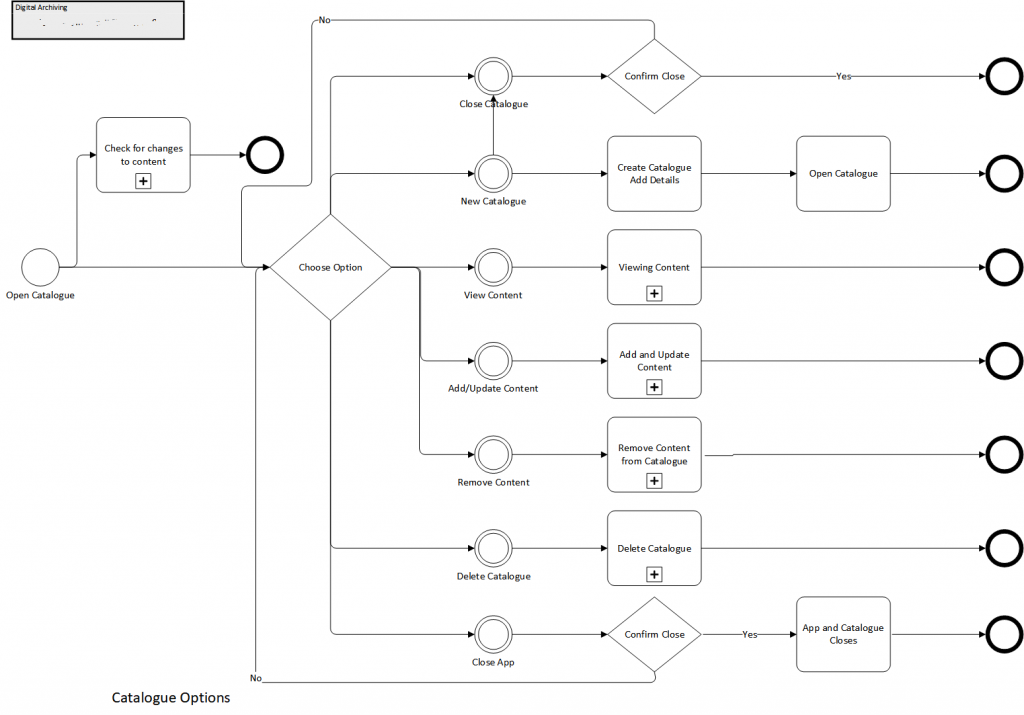
Also produced a 5-minute Video (instead of the usual in person presentation) demonstrating the software and the process used to get to that solution 20%
Since I completed this project a free web based digital archiving has become available which more or less meets the requirements. Luckily it wasn’t around when I did the secondary research otherwise I’d have had to find something else to develop…
Analytics and Business Intelligence
Presentation 20% – Demonstrate how a Social Network presence is vital for the chosen business (I again chose Dŵr Cymru Welsh Water) by analysing social media content . This presentation was again via MS Teams although this time I was able to show it as as a pre-prepared video and not as part of a group)
Report 80% – A Study of the use of Business Analytics to improve Public Confidence in the Water Supply sector in Wales – with simple data harvesting, data visualization and data analytics for business purposes using Python and Tableau with data abstracted from Twitter.
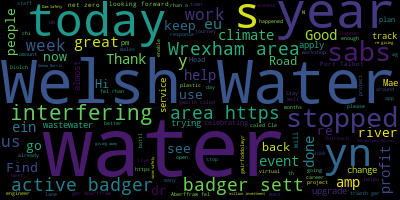
Others
Student Rep (Lead Rep)
Continuing as lead Student Representative for the school assisting the SU School Rep. Attending programme meetings with Academic and Admin staff, representing the views of our fellow students. I was pleased that our student voice was heard, and more time was allocated to modules and non-detriment rules that had been bought in during the first phases of the pandemic were continued into the second year of it as we continued to work remotely from the university.
Student Coach
Usually 4 hours per week being available to students on a module to help with advice or guidance on completing their assignments. These were either foundation, first or second year students. Taking advice from the lead tutor for the module on what they were covering and identifying the important areas for the student to work on. In larger modules this also involved meeting with other coaches to ensure that we kept a common line. This was all carried out online using Teams. I might have been available and ready to help, but it didn’t mean that anyone ever asked for any, despite me sending reminders out.
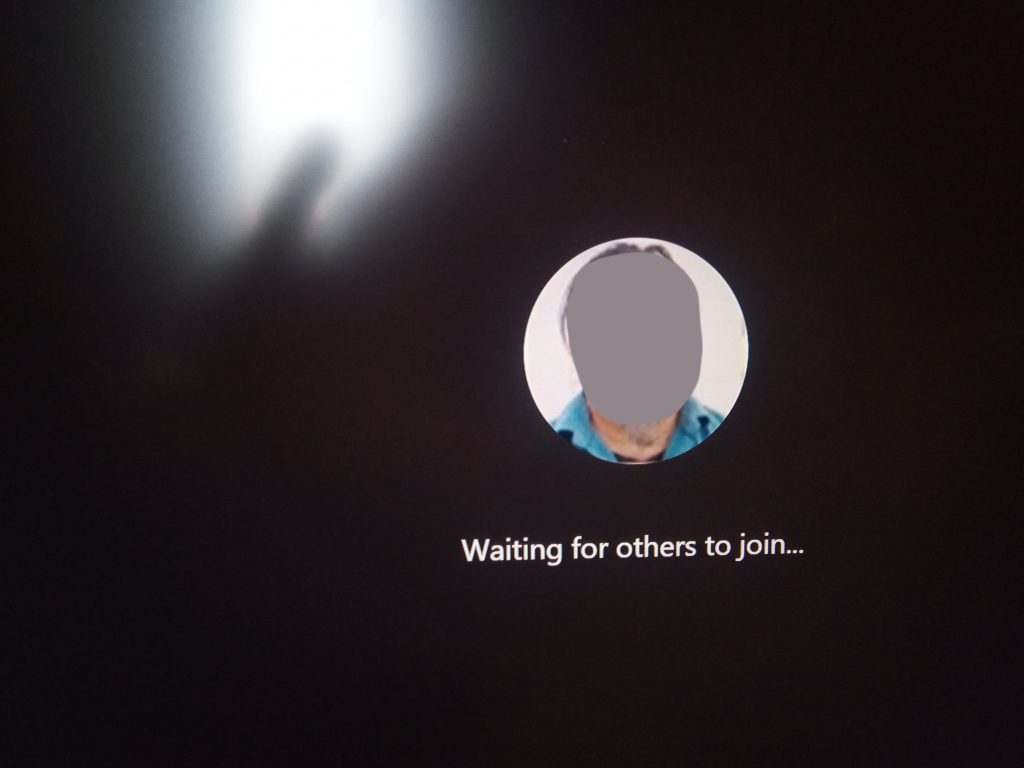
Summary
Looking back at what I learnt and the subjects we covered, I found the legal and ethical angles very interesting, I’m not so keen on building applications – especially the user interfaces, but I do like a good bit of code. I would have liked to have been able to spend more than 4 rushed weeks each to work on the machine learning and business analytics aspects. These were subjects very new to me and it would have been good to be able to expand further on the knowledge I could gain.
Personally, I found that doing three modules at a time gave the opportunity to use skills learnt in one module in the completion of assessments in others. Whilst we would end up having to work on the completion of different assignments at about the same time, we also had a couple of weeks before hand to sit back and evaluate what we were doing before launching into the writing. With the block method it was a continuous process – you couldn’t afford to miss a lecture or workshop and completion of one assignment led straight into start of the next. I may have got just as good results by this teaching method, however in carrying out this review I find now that I can hardly remember what I did in them, and I have had to refer to my work to see what I did. Working from home in the final year and especially in the periods where we had no lectures or workshops, I did find it difficult to remain motivated and inspired. This was not good for the mental health.
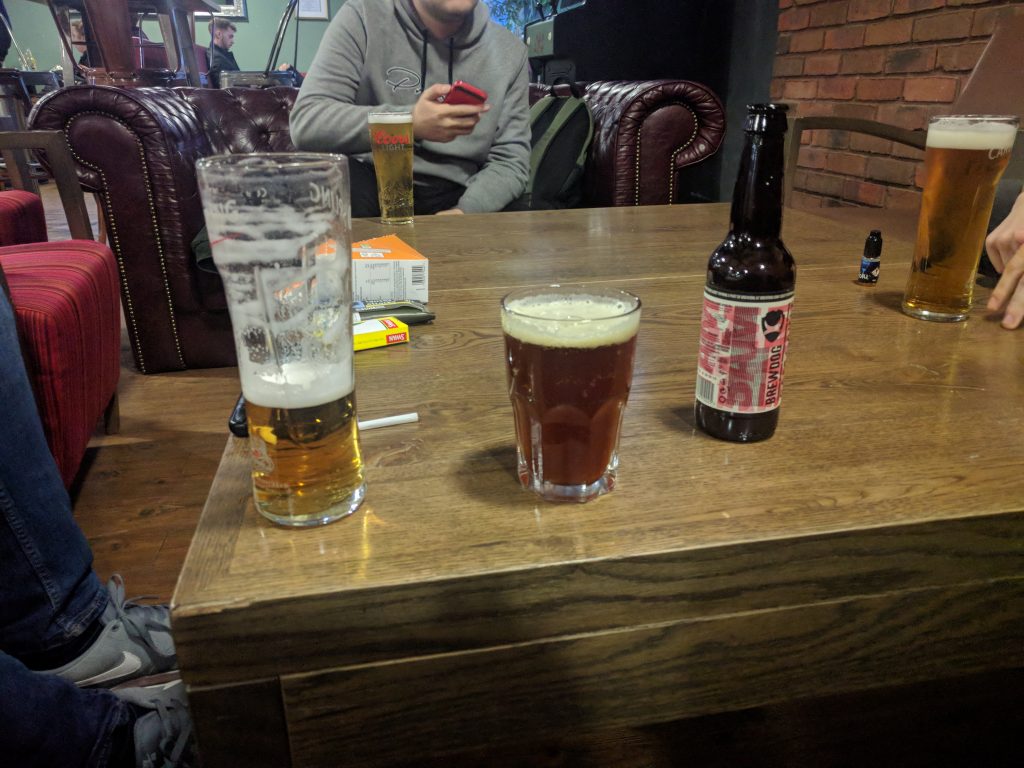
If you want to go to university and get a degree to tick the box, then the block method (and working from home) may be suitable. If you want time to get involved in other areas and have time to find out about the broader subject, then I think nothing would beat being able to go into a physical university and do three modules at a time. Although online lectures might still be better than sitting in a cramped seat in a large hall trying to scribble down notes resting on a tiny shelf!
Never be afraid to ask – sometimes instructions are less than clear, other times you might have not got the point first time round. You might not get the answer you want but I tended to find that someone would come up with the correct answer at some point.
The School of Technology has extended its specialist labs etc through the last year and seems to have a good, dedicated environment for teaching – rather than classrooms shared with other schools which should give future students an even better learning experience. I am however, glad that I also had my own equipment on which I was able to also do most of the lab work. I know some students struggled with a lack of suitable IT when they had to work from home.
References
This isn’t that kind of document 😁. If you want to find out more about things I’ve written about then look it up yourself… 😉
Finally
At the end of April 2022, I finally got the chance to attend a graduation ceremony. It was great to catch up with some of my fellow students – most of whom I hadn’t seen in person for over 2 years.
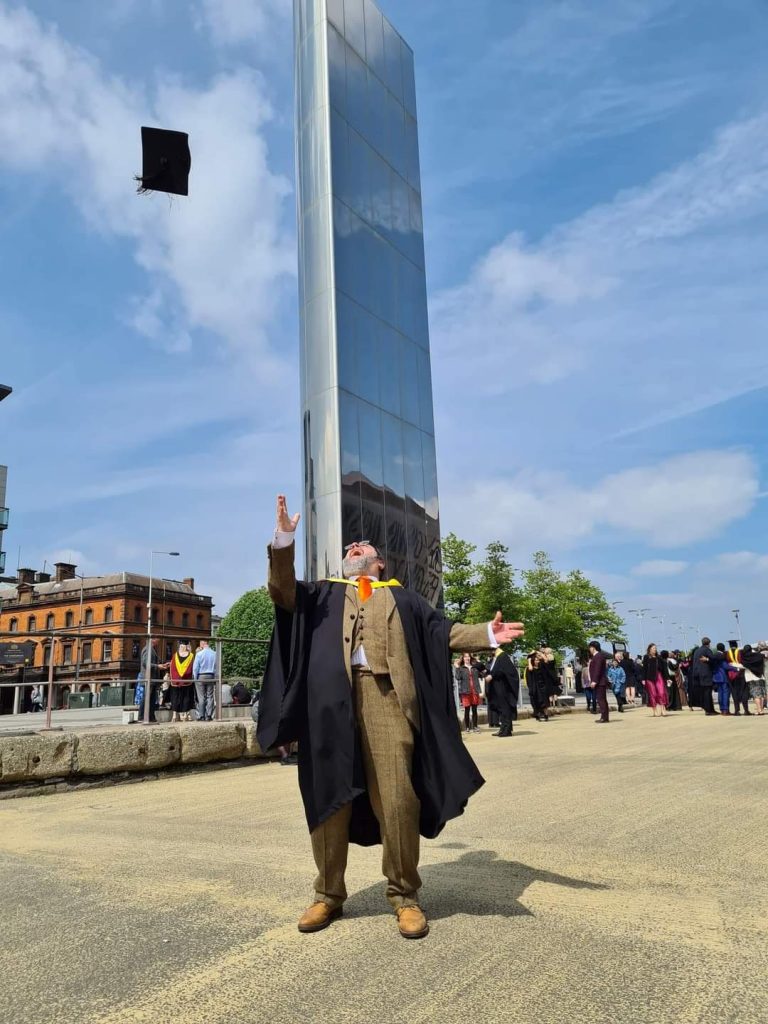
What will I do now…?
